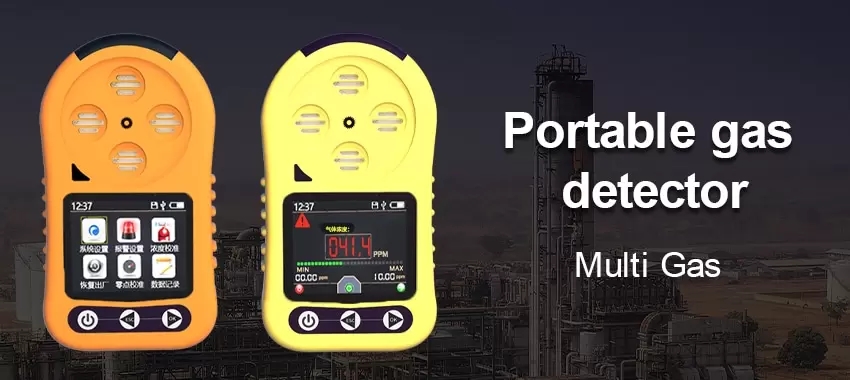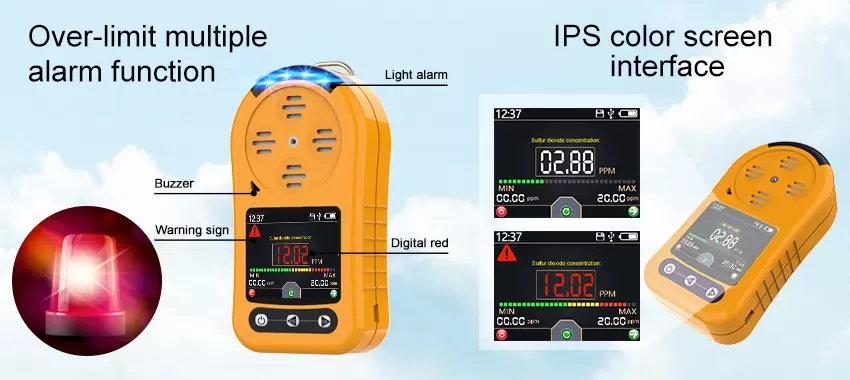One of the big questions for plant safety is where to install the gas detection system and how many detectors do we need?
Unfortunately, there is no single guideline that can be applied to all different industrial applications.
However, asking these questions can help you make an informed decision.

1. Why is a gas detection system needed?

Leakage Monitoring
We placed detectors close to each potential leak point to detect leaks early.
Area Monitoring
If there is no clear potential leak source, we should place the detector evenly in the danger area. Depending on the hazard type and hazard risk assessment, a detector can cover an area of 300 to 500 square feet.
Personnel Protection (for toxic gases)
For areas where there is no obvious potential source of leakage, we should install a gas detectors in the inhalation area of the workplace.
2. What are the environmental conditions of the gas detection system?
If the area exceeds the ambient specifications of the gas detector, such as temperature, pressure or humidity. We may need a sampling system to draw the gas to the detector's specifications.


3. What is the flow direction and velocity?
Position the gas detector in the opposite direction of the gas flow to ensure that the gas flow rate does not exceed 20ft/s. In particular, catalytic bead sensors.
4. Is vibration/shock or other protection required?
We should install the gas detector in a low vibration area where no mechanical shock will occur. Some environments may also require a detector protection cage.
5. What type of gas can the gas detection system monitor?
Flammable Gases
Many gases, such as hydrogen, methane and ammonia, are much lighter than air. Therefore, the detector must be located above the potential leak source and in the ceiling area where the gas accumulates. Other flammable gases and vapors are heavier than air and can flow over the ground and cover a wide area.
For early detection, the sensor head of the detector should be installed as low as possible; Especially if there is no forced ventilation system affecting density-dependent gas/steam movement.
Toxic gases
In low concentrations, toxic gases are considered to have the same density as air, and spread by diffusion and convection similarly to air. Since toxic gas detectors are for personnel protection, their installation is normally at breathing levels. However, if the temperature of a leaking toxic gas exceeds ambient air’s temperature, the toxic gas will rise. Therefore, in these cases the detectors should be located above potential leak soureces.
Liquefied Gases
While leaking in their liquid forms, toxic compounds can flow downwards and spread into the lowest areas. The detectors should be installed at low levels (1 to 3 feet) above ground level.
6.Do you need some assistance?
Please contact JXCT professional team to support you!
 : +86 155 8830 2704
: +86 155 8830 2704 : jxdziot@gmail.com
: jxdziot@gmail.com
